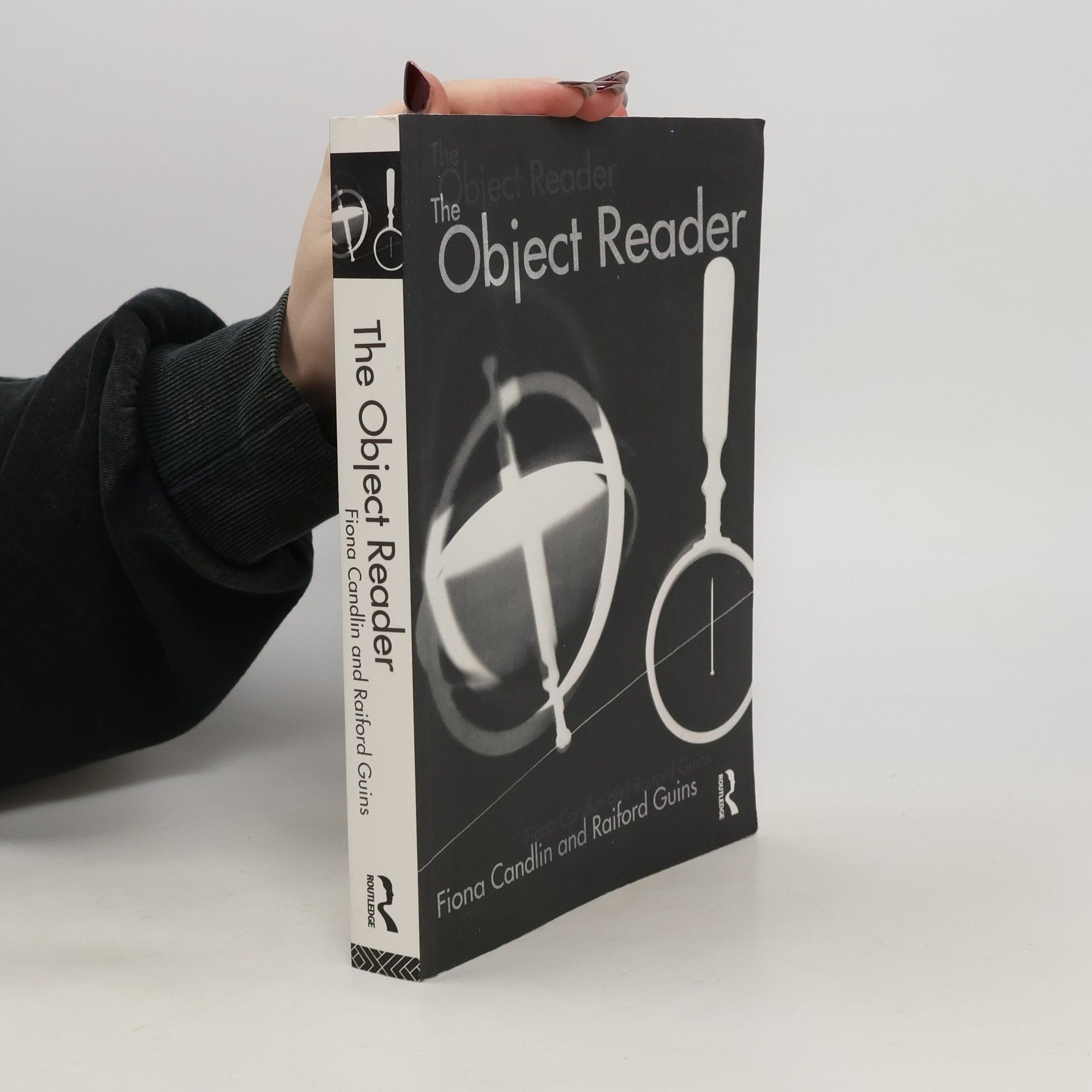The Object Reader
- 554pages
- 20 heures de lecture
This unique collection frames the classic debates on objects and aims to generate new ones by reshaping the ways in which the object can be taught and studied, from a wide variety of disciplines and fields. The Object Reader elucidates objects in many of their diverse roles, dynamics and capacities. Precisely because the dedicated study of objects does not reside neatly within a single discipline, this collection is comprised of numerous academic fields. The selected writings are drawn from from anthropology, art history, classical studies, critical theory, cultural studies, digital media, design history, disability studies, feminism, film and television studies, history, philosophy, psychoanalysis, social studies of science and technology, religious studies and visual culture. The collection, composed of twentieth and twenty-first century writing also seeks to make its own contribution through original work, in the form of twenty-five short 'object lessons' commissioned specifically for this project. These new and innovative studies from key writers across a range of disciplines will enable students to look upon their surroundings with trained eyes to search out their own 'object studies'.

